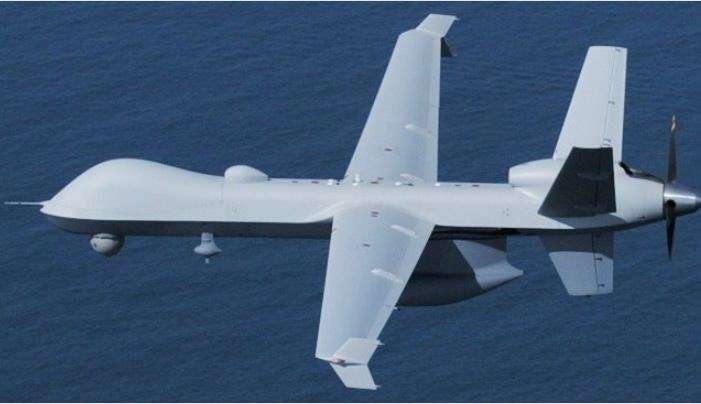Border Drones Cost More Than Advertised and Offer Dubious Benefits, Says Inspector General

It's hard to tell if the use of drones to patrol the borders by U.S. Customs and Border Protection (CBP) is cost-effective, says the Department of Homeland Security Office of Inspector General. While flying them is a hell of a lot pricier than CBP admits, there's no actual performance measure to judge them by. That makes them "dubious achievers," according to the Inspector General's analysis.
CBP claims that flying its fleet of ten remotely operated, unmanned aircraft, which have been on patrol along the borders for eight years, costs $2,468 per flight hour—a bargain!
Not so fast, answers the Office of the Inspector General in a report issued yesterday. Once you do a few tricky things, like adding the actual cost of pilots, equipment, and overhead, the actual cost is $12,255 per hour. Is that still a bargain?
Who the hell knows? As it turns out, CBP "has not developed performance measures," so there's really no way to assess whether that expense is worthwhile. Is the program meeting its goals? We'll find out once CBP establishes some.
What we do know is that the use of Predators hasn't lived up to early expectations. The drones aren't spending anywhere near as much time in the air as originally promised, they aren't patrolling as wide an area as was intended, and they certainly don't seem to be reducing border surveillance costs or improving efficiency.
But they do look awfully impressive.
The report recommends that CBP drop plans to spend $443 million on expanding its drone fleet and maybe put its resources into efforts that show some signs of actually working, like manned aircraft and ground patrols.
Below, a peek at why even plans for patrolling the border with tried and true methods should be regarded with skepticism and, perhaps, a little trepidation.
Show Comments (4)